Celebrating These Trailblazing Women in STEM



Recognizing and honoring trailblazing women in STEM this Women’s History Month.
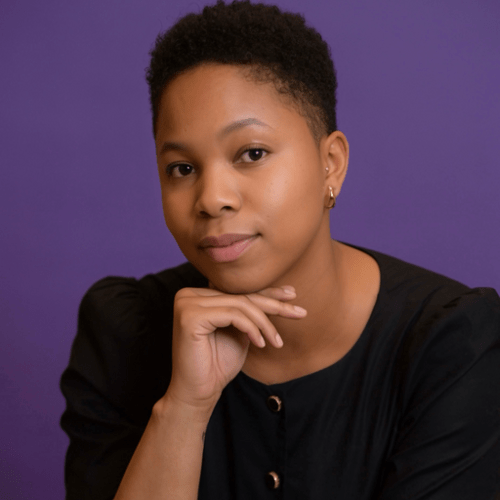
Jameelah Nasheed
We’re living through a time in which the rights, lives, and autonomy of women across the globe continue to be threatened. While we recognize the accomplishments and contributions of women every day, this March, Women’s History Month, we’re especially mindful of the ways we honor women everywhere.
Women have been at the forefront of some of our most impactful movements, as innovators, disruptors, and global leaders positively changing the world around us. They have blazed trails across borders, generations, and industries.
In tech, specifically, women have largely been left out of opportunities and conversations.That reality, paired with our core value of Equality, has encouraged Salesforce’s work to change that — from our commitment to equal pay to our goal to reach 40% women-identifying and non-binary employees globally by the end of 2026.
As we look to the future, when it comes to women in STEM, it’s crucial that we acknowledge and amplify the pioneers of the past. Their work and advancements have improved society for us all. Here are a few trailblazing women in STEM:
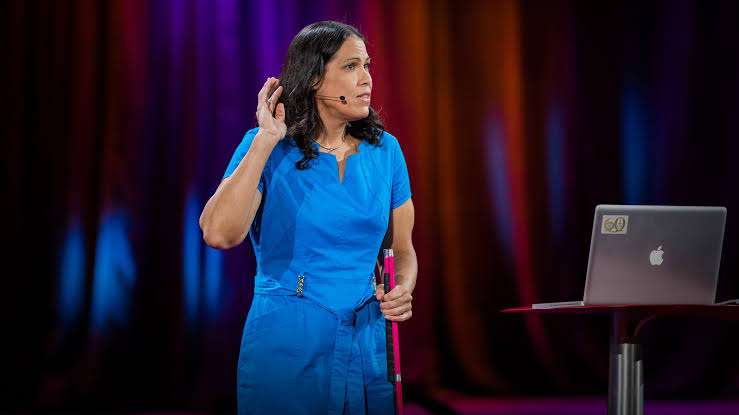
Wanda Diaz Merced
After losing her sight in her early 20s, while studying supernova explosions, astronomer Wanda Diaz Merced discovered a way to hear the stars through “sonification” — a way to turn huge data sets into audible sound using pitch, duration, and other properties. Not only did she develop a way to represent complex data about our universe as sound, through her innovation, she’s made astronomy more inclusive and accessible.
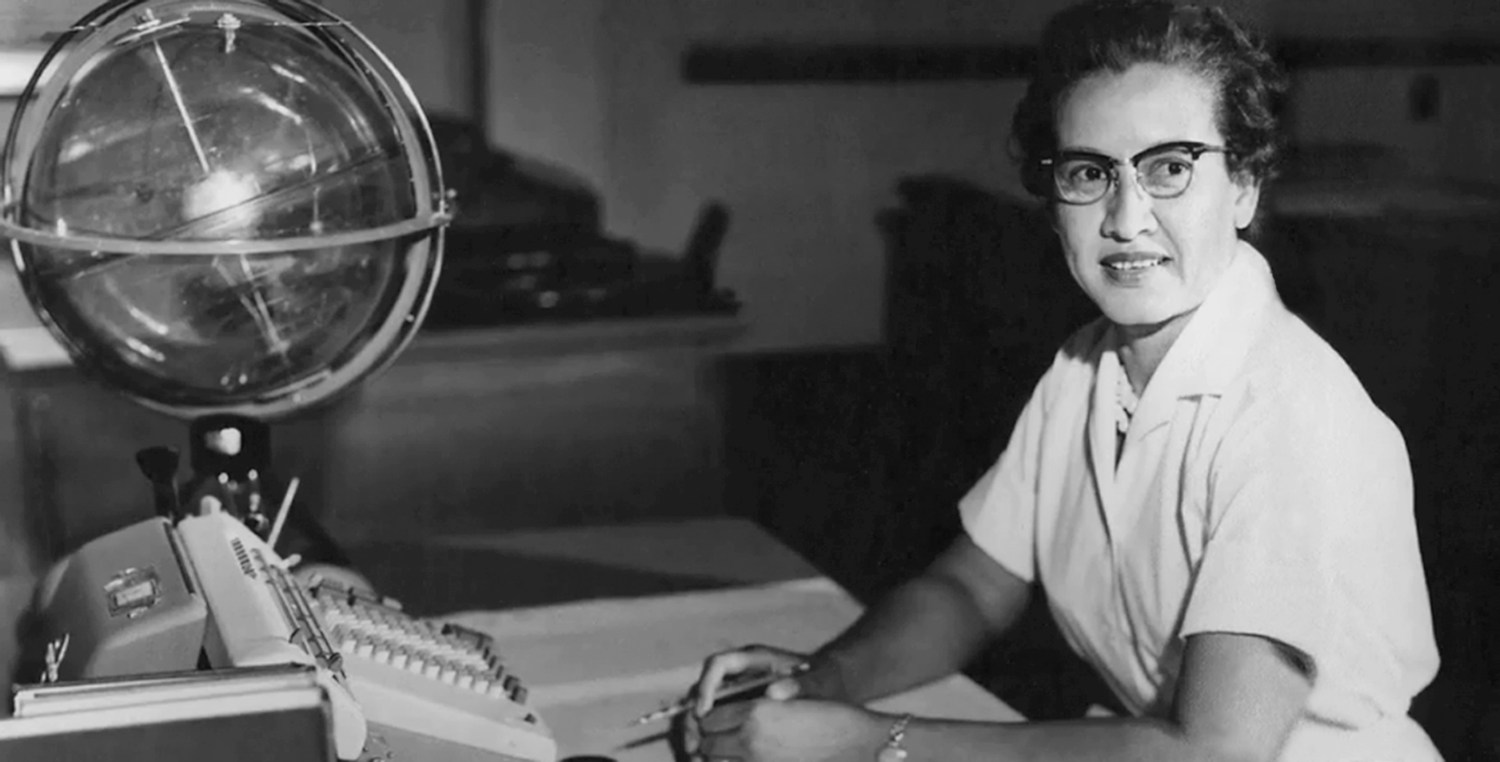
Katherine Johnson
Katherine Johnson was a mathematician and a significant contributor to NASA during its early days. One of a handful of Black women working for the agency during Jim Crow, she calculated the flight path for America’s first crewed space mission and moon landing, Johnson did calculations for the first moon landing, and later for the space shuttle program. Her life and work were chronicled in the book and film “Hidden Figures.” In 2015, President Barack Obama awarded her the Presidential Medal of Freedom.
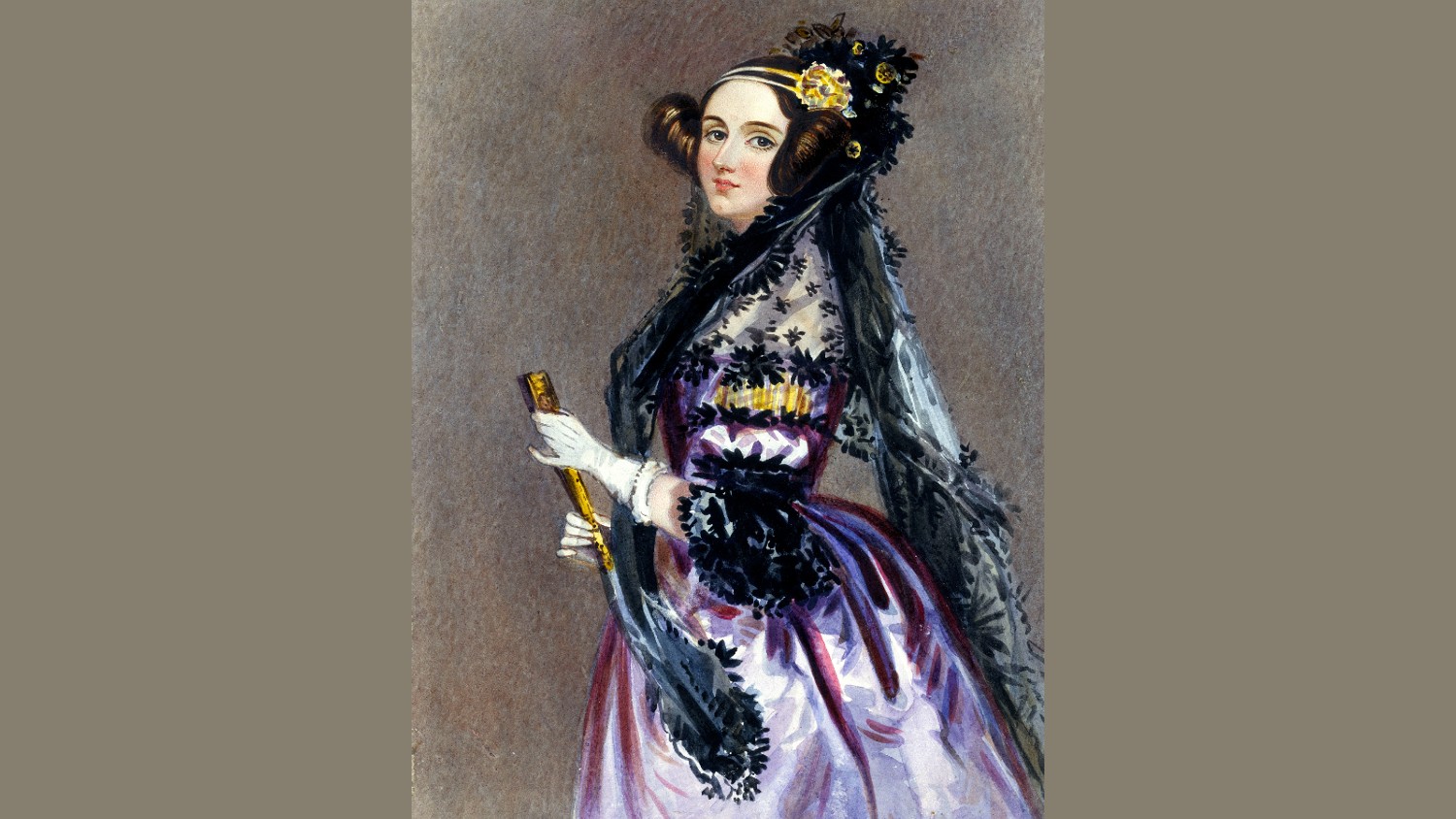
Ada Lovelace
Lovelace, daughter of famed poet Lord Byron and Augusta Ada Byron and associate of mathematician and inventor Charles Babbage, is considered to be the founder of scientific computing and the first computer programmer. Her algorithm is widely considered to be the first designed for a machine to carry out. Her contributions to the field of computer science were not discovered until the 1950s, and in 1980, the U.S. Department of Defense named a newly developed computer language “Ada,” after Lovelace. Since 2009 the second Tuesday of October has been Ada Lovelace Day — an international celebration of the achievements of women in science, technology, engineering and math (STEM).
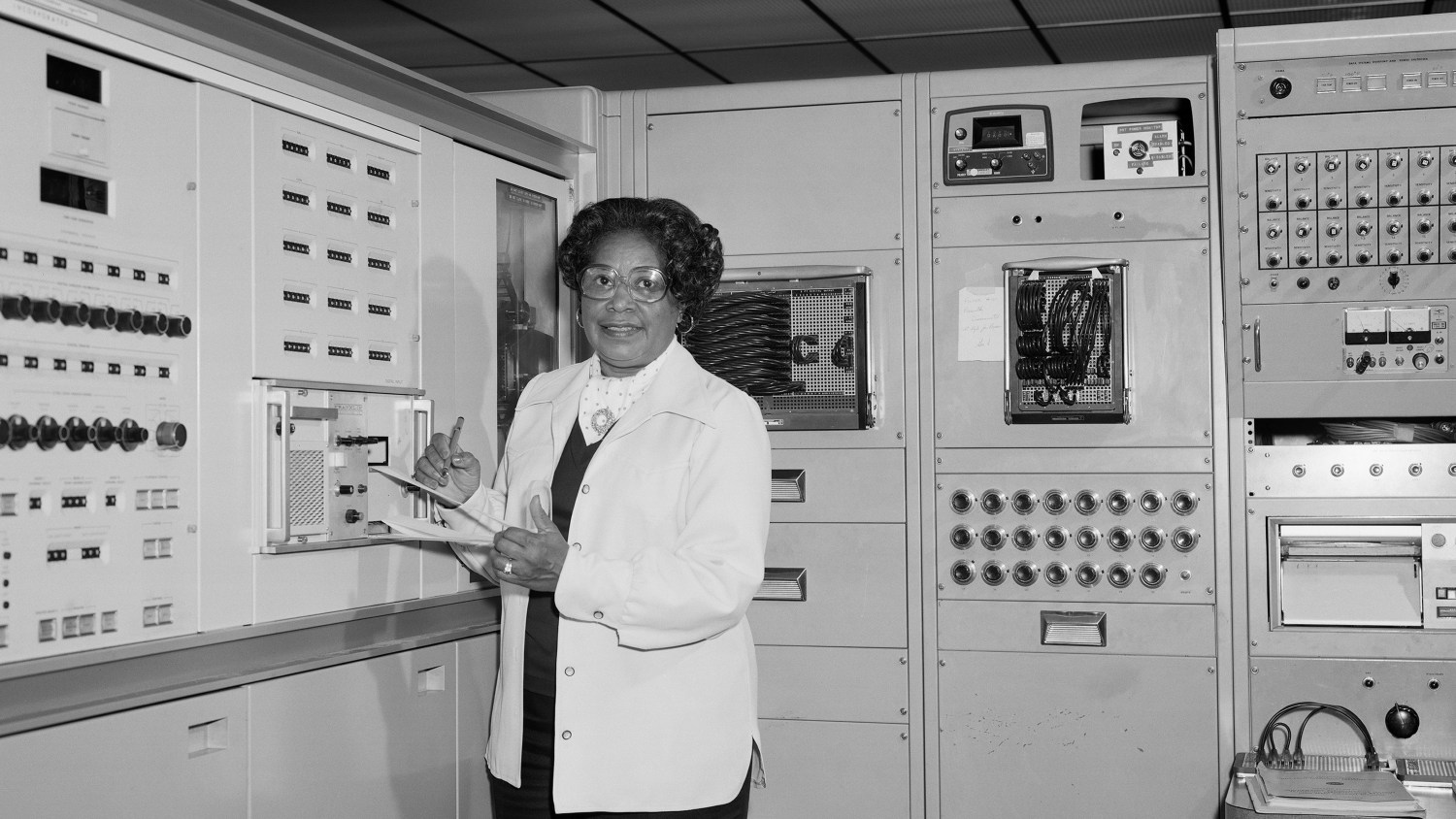
Mary Jackson
Jackson became NASA’s first Black woman engineer in 1958. She worked as an aerospace engineer for about 20 years, before taking a demotion to manage a women’s program at NASA. Through her work, she supported the advancement of opportunities for women at the organization. Her contributions were largely overlooked until long after her death in 2005. She was one of the three trailblazing “human computers” depicted in the 2016 film Hidden Figures, which tells the story of Black women’s work in the space race.
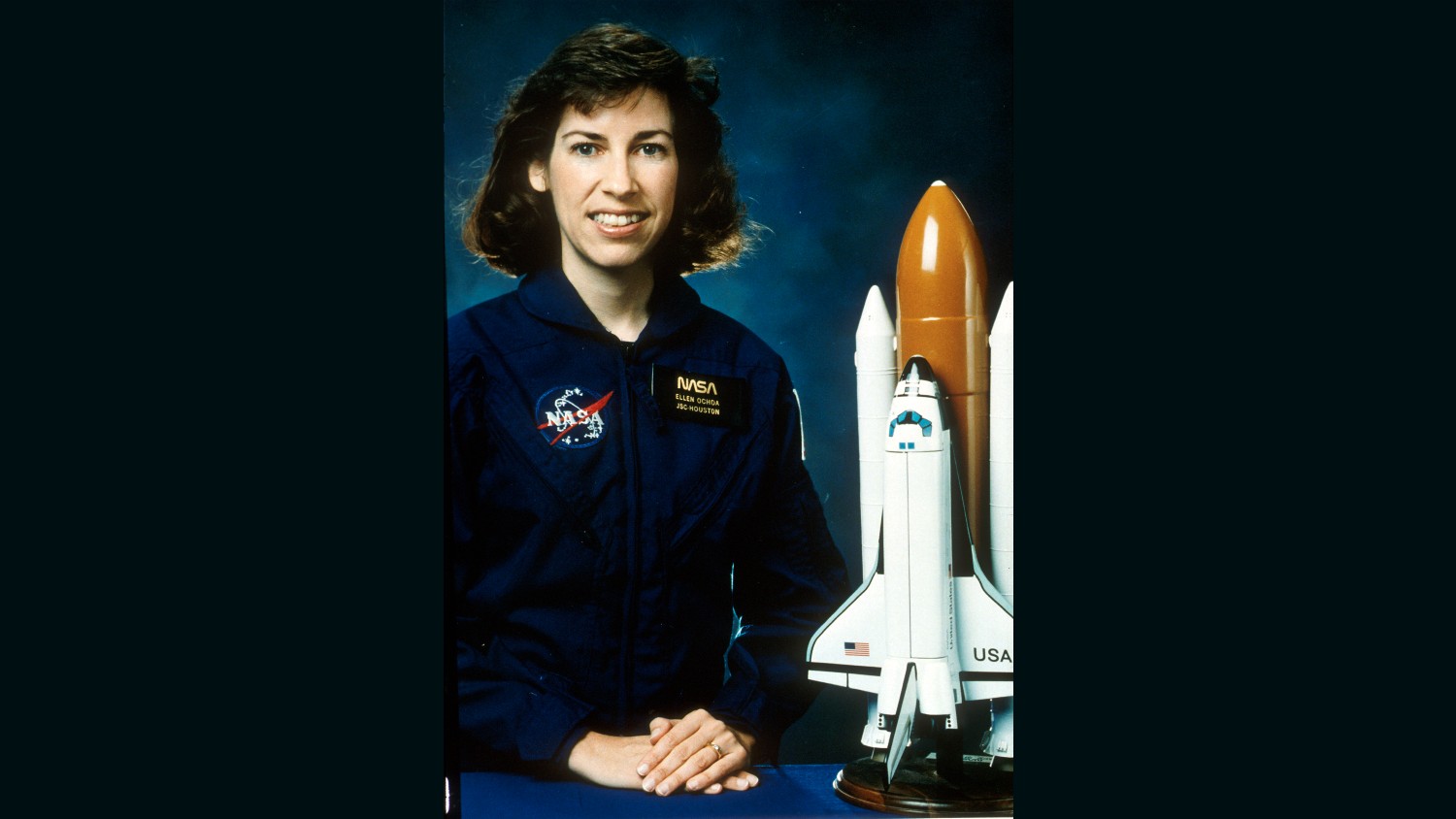
Dr. Ellen Ochoa
In 1993, Dr. Ellen Ochoa became the first Hispanic woman to go to space. She served on a nine-day mission aboard the space shuttle Discovery, and has flown in space four times. Before her career as an astronaut, she was a research engineer and inventor, with three patents for optical systems. Ochoa is also the first Hispanic (and second woman) to be named director of NASA’s Johnson Space Center.
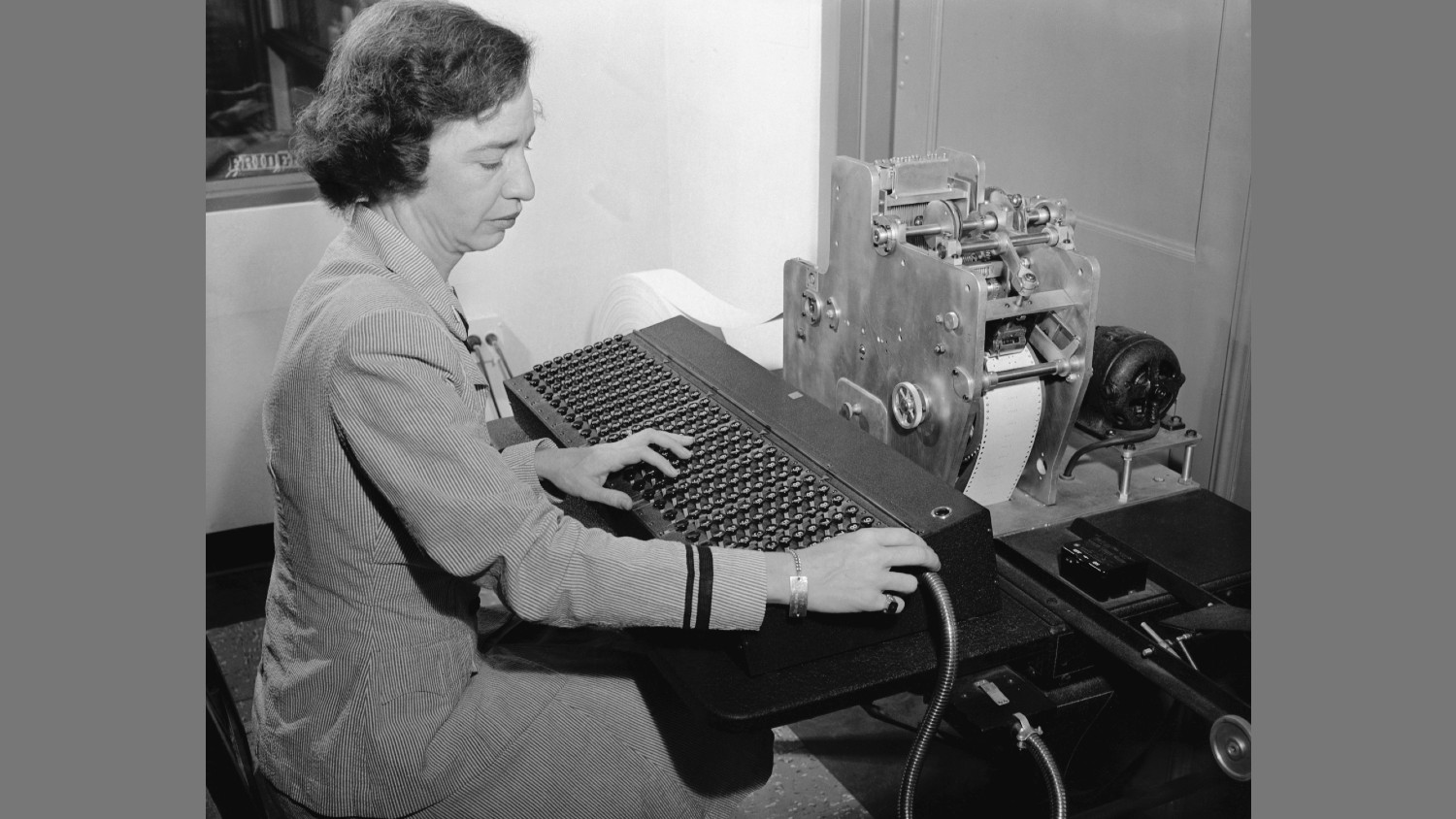
Grace Hopper
Women were responsible for programming early computers, and Hopper led the charge. From the 1930s to the 1980s, Hopper was at the forefront of computer and programming language development. During World War II, Hopper worked on the first programmable computer in the United States: the Mark I. Later in her career, she helped create the common business computing language known as COBOL, which is still in use today.



























